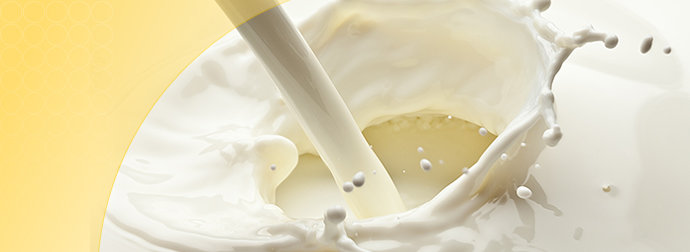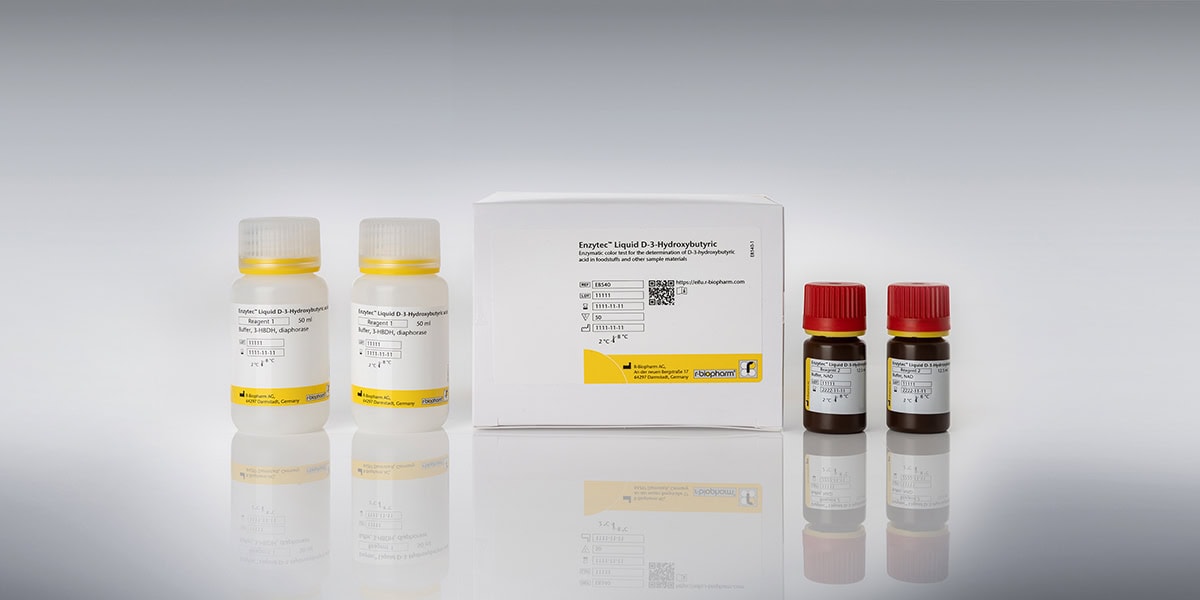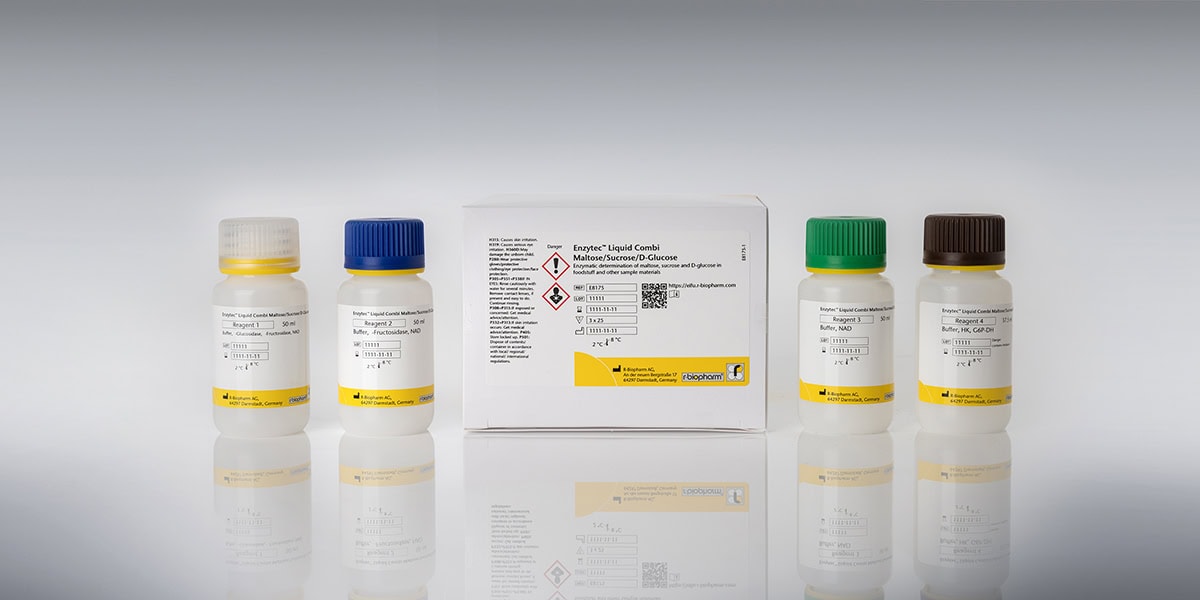
Recent news in Food & Feed Analysis
- Home
- /
- Things to know when...
Things to know when producing lactose-free foods

More and more people suffer from lactose intolerance. This leads to an increased demand for lactose-free foods. Here’s what food producers should know about lactose-free milk, legal regulations and the measurement of lactose content.
Intolerance to lactose (milk sugar) is quite prevalent: around 75 % of the population is affected worldwide, with the highest rates in Asia, Africa and South America. The condition is caused by a lack of the enzyme lactase which breaks down lactose. For this reason, lactose passes into the large intestine undigested, causing nausea, abdominal pain and diarrhea. Lactose intolerance is to be distinguished from milk allergy which is an immune response to milk protein. Milk allergic persons must follow a strict dairy-free diet; lactose-free products are not suitable for them.
Lactose content in dairy products
On the other hand, lactose-intolerant persons do not have to remove all dairy products from their diet. During the natural maturing process, milk sugar is broken down to its components glucose and galactose, both of which can be resorbed by the body without causing problems. The longer the maturation, the less lactose is contained. For example, hard cheese is well tolerated. The following table provides an overview of the approximate lactose content of various dairy products:
| Foods | Lactose content |
|---|---|
| Condensed milk, milk chocolate | 9 - 13 % |
| Ice cream, processed cheese | 6 - 8 % |
| Whole milk, kefir, whey, buttermilk, sour milk, cream | 4 - 5 % |
| Yoghurt, curd, sour cream, cream cheese, cottage cheese, mascarpone | 2 - 3 % |
| Butter, feta, brie, mozzarella, ricotta, camembert | 0 - 1 % |
| Gouda, parmesan, cheddar, edam, mountain cheese, gorgonzola | <0.1 % |
However, not only dairy products contain lactose. Since lactose is often used in the food industry for improving the consistency or as carrier material, it may be present in confectionery, desserts, sausage or tablets, among others.
Legal regulations
Special foods with reduced lactose content can be produced by adding lactase (ß-galactosidase). These products may only be labelled as “lactose-free” if the lactose content is below 0.1 gram per 100 g of food. Moreover, the lactose content must be labelled on the packaging (for example: “Lactose content: <0.1 g/100 g”). Dairy products such as hard cheese, which are naturally lactose-free, may use the claim “lactose-free through natural ripening“.
Quality control for lactose-free foods
Lactose-free products are regularly inspected within the frame of official food controls. Monitoring the lactose content during production is necessary to comply with legal requirements. A reliable method for this is the enzymatic determination of lactose together with glucose. Foods labelled as “dairy-free”, however, must be tested for the presence of milk protein (casein or ß-lactoglobulin).



